Gardening season is not quite over. Fall is the perfect time to divide perennials and plant new trees and shrubs. It’s also a good time to tidy up your beds and prepare them for spring.
Should you need some additional motivation, what follows is a list of reasons why fall is the perfect time to put your garden to bed and get a jump start on spring.
- Nurseries often have great sales to reduce the stock they must overwinter. Now’s the perfect time to get that tree, shrub or perennial you’ve been wanting.
- Planting in the fall, when the soil is still warm, allows roots to get established before spring and ensures more certain success before next year’s heat and drought arrive.
- Remembering to water new plantings in the spring and summer is wearisome, but with fall rains the soil is cooler and naturally retains more moisture.
- Fall planting also means earlier flowers for pollinators.
- As a result of planting in the fall, by spring your trees will have a time to put on growth before the stress of summer impacts them.
- The soil is nicer for digging in the fall. It is usually still moist but not water-logged and crumbly. And if winter brings heavy snows, you won’t have to deal with the mud from the snowmelt come spring.
- It is safe to plant trees until the ground is frozen. Remember: If you can stick your shovel into the soil, it is still okay to plant.
Getting Started
This summer was challenging, even for seasoned gardeners. Due to a cool April, the lack of rain in May and June, the heat and torrential thunderstorms of July and insects (those wretched lanternflies), you’ve probably lost a tree or shrub along the way. Should you want to replace it this fall, here are a few suggestions of trees and shrubs that have outstanding ornamental characteristics but are not often found in Lancaster County home landscapes.
The Fullmoon maple, Acer japonicum ‘Aconitifolium’ will grow slowly to 8-10 feet in height with about the same spread and is ideal for the edge of a patio or a smaller urban garden. It is often multitrunked. I recommend it for its almost fern-like leaves that are deeply divided into 7-10 toothed lobes. The rounded leaf resembles a full moon, hence its name. The foliage turns a dramatic burgundy-red in the fall. “Foliage of Aconitum” is a reference to the resemblance of the divided leaves to those of the perennial flowering monkshood.
Oxydendrum arboretum, commonly called Sourwood, is a flowering tree native to the woody slopes in the Appalachian Mountains of the southern United States that I’ve grown for years. It is a member of the heath family, along with rhododendrons and azaleas. It usually has a straight trunk and will slowly grow to 25 feet in height. (In the wild it will get twice that size.)
The leaves, resembling those on a peach tree, have a sour taste, thus the common name. But you can rely on the leaves to turn an excellent crimson-red fall color. In late spring it will be decorated with lily-of-the-valley-like white flowers blooming on drooping panicles. These turn into dry capsules that become silver-gray by September and contrast with the fall color. It is a favorite tree of beekeepers because sourwood honey is considered high-quality. No insect or disease problems.
This is a great tree with multi-season interest for lawns, beside patios or in open woodland areas that have its preferred acid soil.
Another flowering tree that is seldom planted in the home landscape is the American Yellowwood, Cladrastis kentukea (sometimes listed as C. lutea). Flowering in late spring, it is obvious from the striking large wisteria-like (10-15 inches long) drooping panicles of white flowers that it is in the legume (pea) family.
The compound leaves of up to 11 leaflets open a yellowish-green, become bright-green in summer and turn a uniform yellow in fall. (Be aware that profuse flowering might occur only every three years and newly planted trees will take 8-10 years before first flowering.) By fall the flowers become flat seed pods. It has its common name because the wood contains a yellow dye that gives a very distinctive color to the heartwood. No serious insect or disease problems are associated with the tree.
Be aware that it is a deep-rooted tree, which means other plants can be grown under it. Reaching up to 15 feet in height, it is another good choice for a residential yard.
For gardeners who already have mature shade trees and are wondering what to plant under them, I recommend bottlebrush buckeye, Aesculus parviflora, a shrub native to the South that will grow and flower in full shade. Yes. Full shade. However, it requires a rich and moist environment, not dry.
The shrub’s July flowers are showy. The erect cylindrical 12-inch-long panicles of white flowers have conspicuous red anthers. A butterfly magnet. The foliage turns bright-yellow in the fall for a brief spell before dropping. Sometimes the flowers give way to “buckeye” nuts that I think the squirrels must gather and plant because I find seedlings at a distance from the host plant.
The plant will spread slowly by suckers once established. A large planting is impressive. The Latin specific epithet means small flowers, but that is referring to the individual flowers along the panicle. No serious insect or disease problems and deer do not touch it.
Hydrangea anomala subsp. Petiolaris, which is commonly known as climbing hydrangea, is a climbing vine that will grow well in part or full shade. It’s slow to establish but matures into a vigorous, sprawling, deciduous woody vine that clings and will climb, typically reaching 30-40 feet long. Horizontal lateral branching often extends several feet beyond supporting structures. Unsupported vines sometimes will grow in the form of a mounding shrub, reaching to 3-4 feet tall and sprawling along the ground like a ground cover.
Fragrant white flowers in flat-topped lacy clusters (to 8-inches wide) bloom in late spring. Each flower cluster consists of non-showy, creamy-white to greenish-yellow fertile flowers in the center surrounded by showy white sterile flowers. Exfoliating bark on mature stems is reddish-brown and attractive in winter. No serious insect or disease problems. Will likely benefit from pruning as it ages.
This is an extremely versatile vine with year-round interest. It can be particularly effective when grown against building walls (brick, stone or wood), where it can easily attach and cling by “holdfasts” to the surface. It is also effective when grown on a wide variety of other structures, including arbors, fences or the trunks of large trees, or sprawled over low stone walls, unsightly tree stumps or a rock pile. Consider using it as a ground cover in shady areas or on steep embankments.
Simple Guidelines
Always evaluate your space to make sure it will be suitable as the tree grows. Be careful about planting too close to structures or under utility lines. Also avoid planting over underground lines.
When you are ready to plant, dig a bowl-shaped hole the same depth as the tree’s root ball and at least three times the width. Backfill with the soil you’ve removed and tamp it to remove air pockets but don’t compact the soil. The root collar of the tree should be slightly above the soil line.





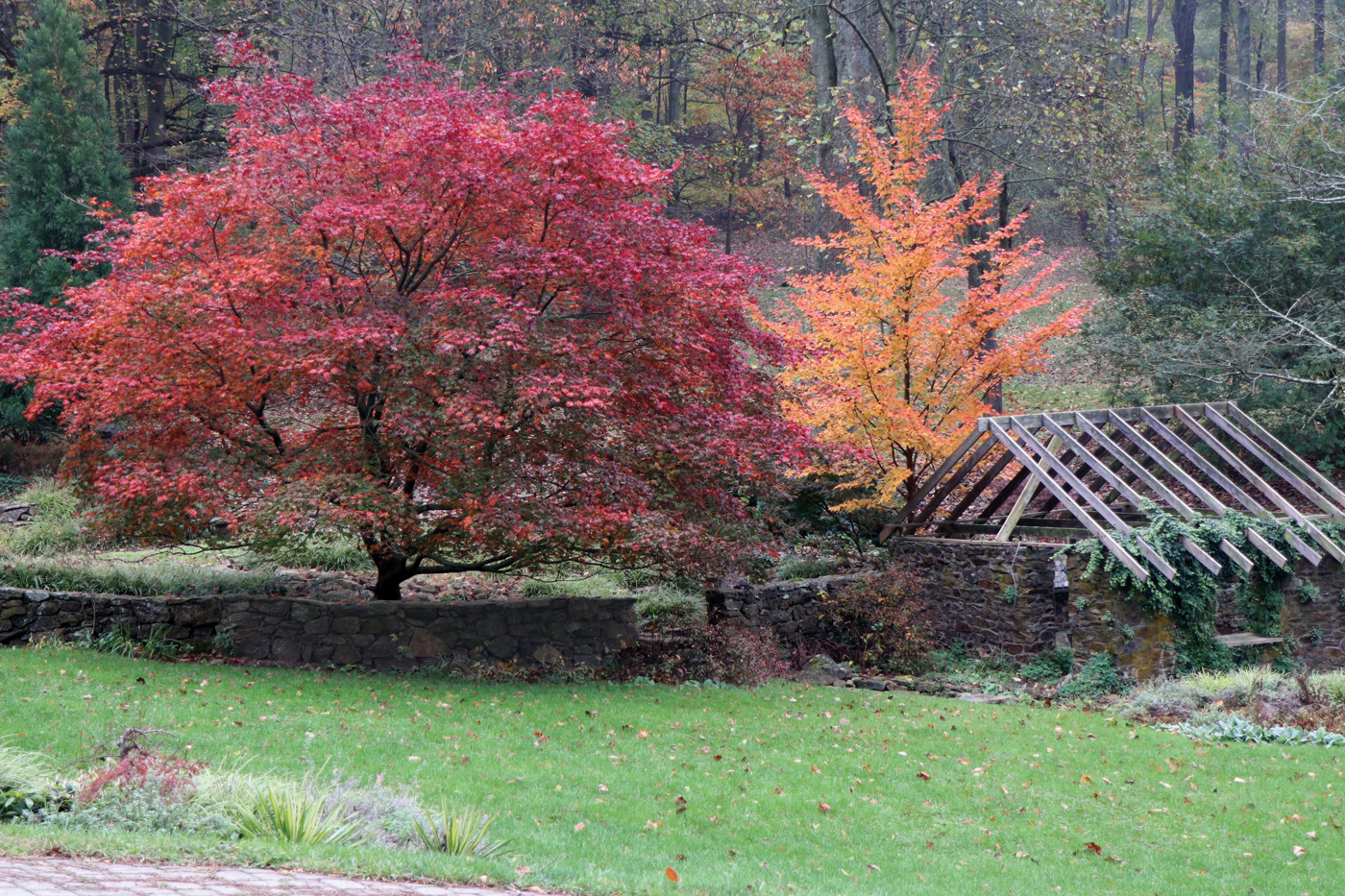
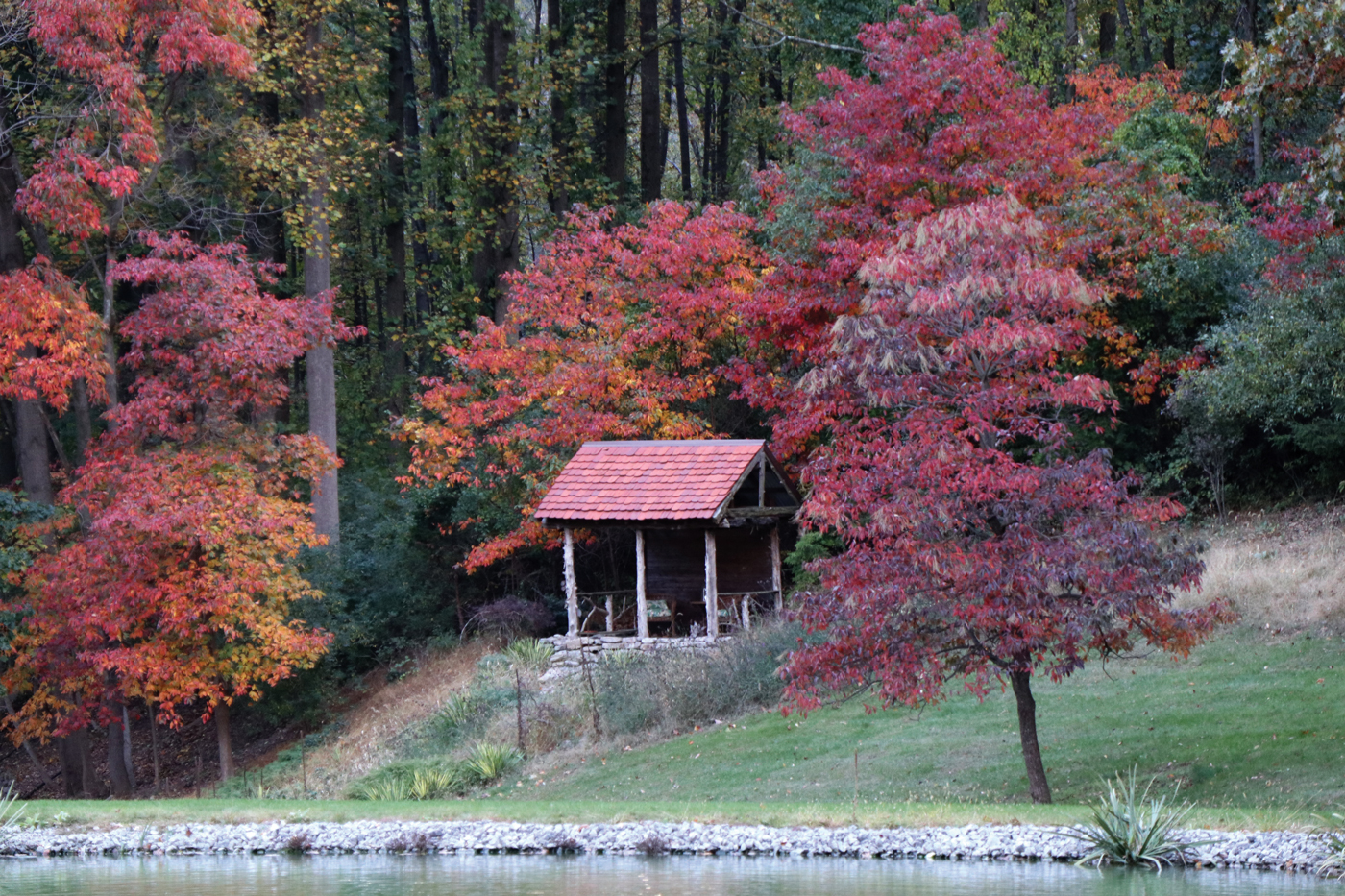
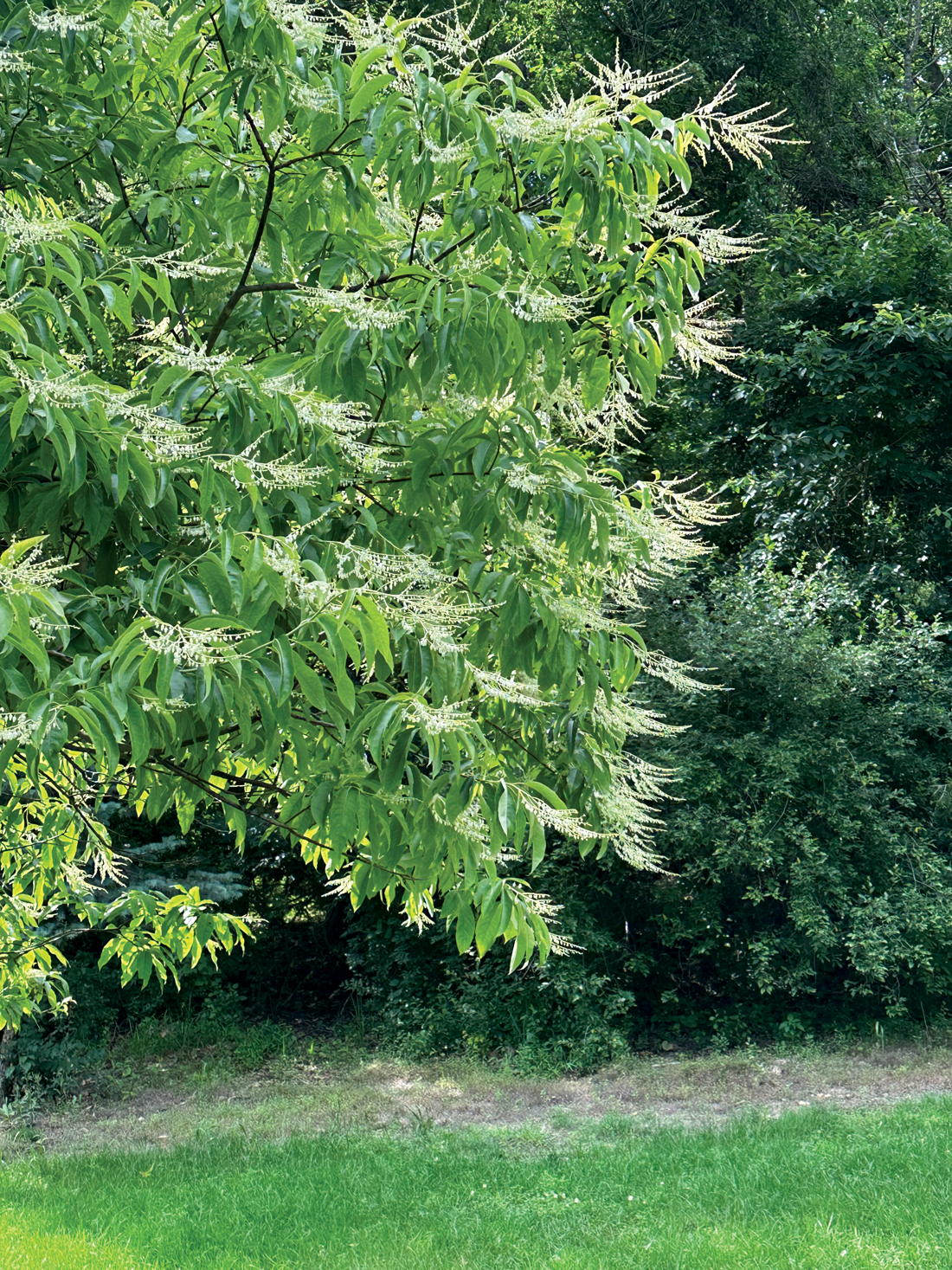
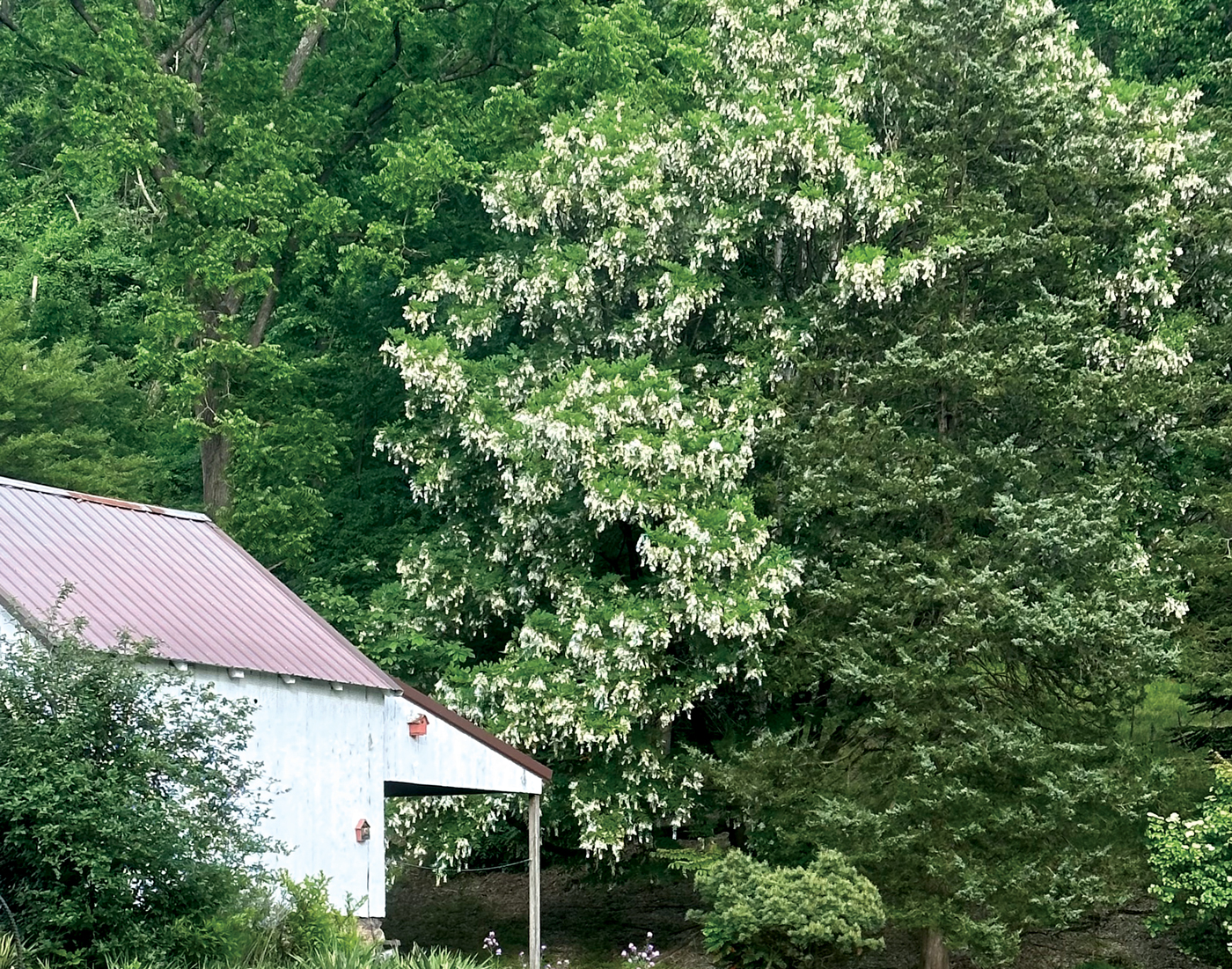
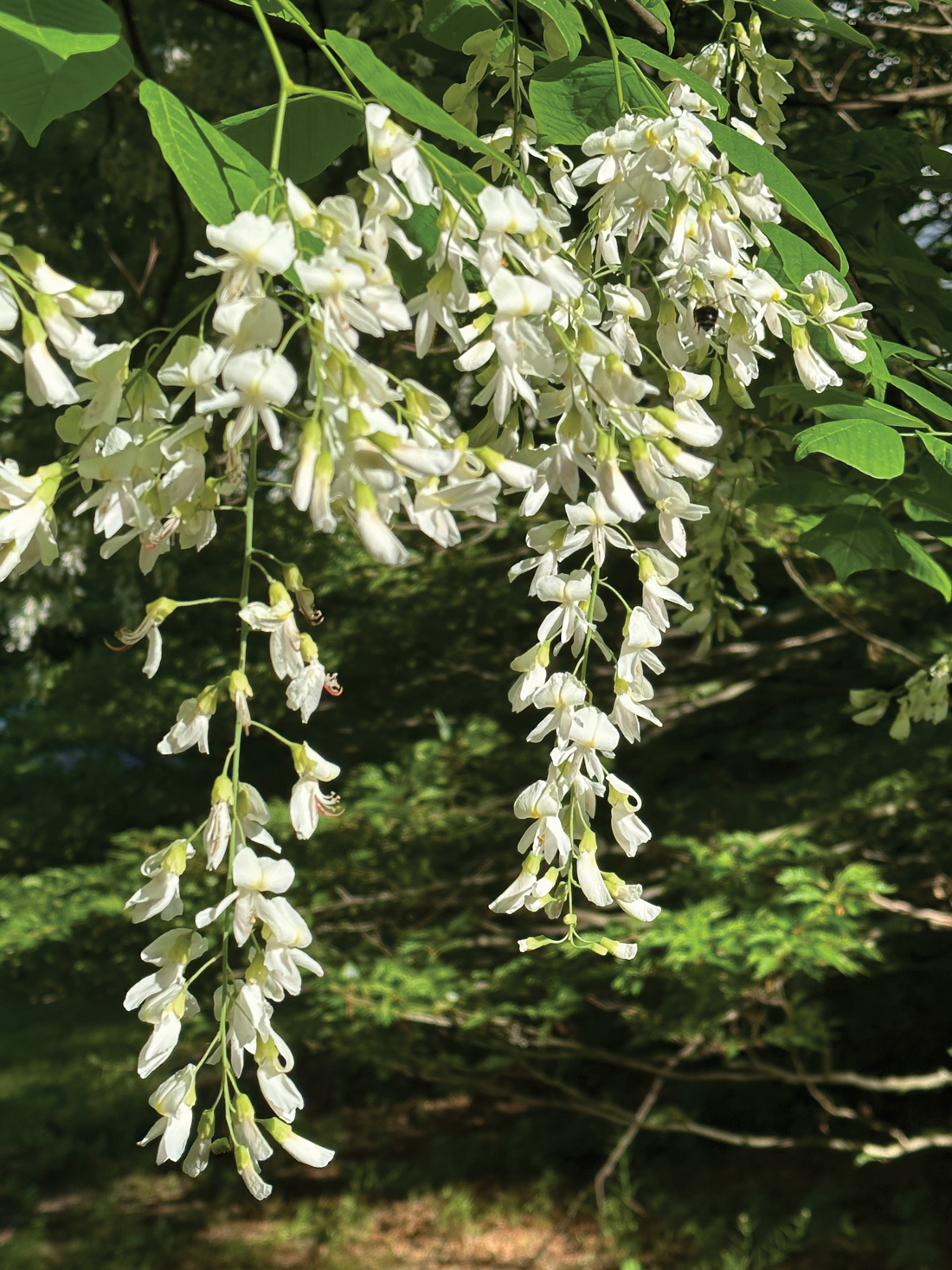
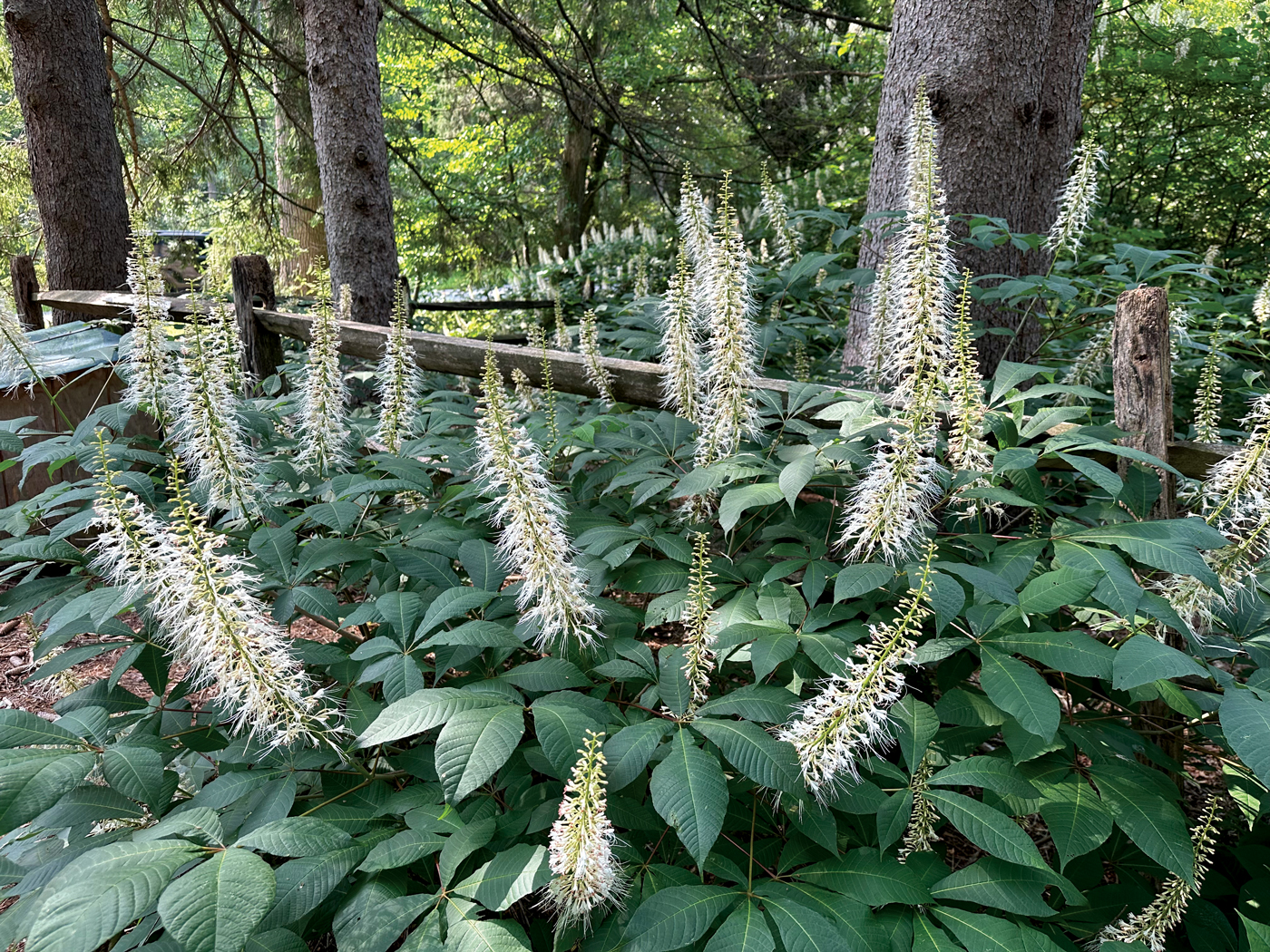
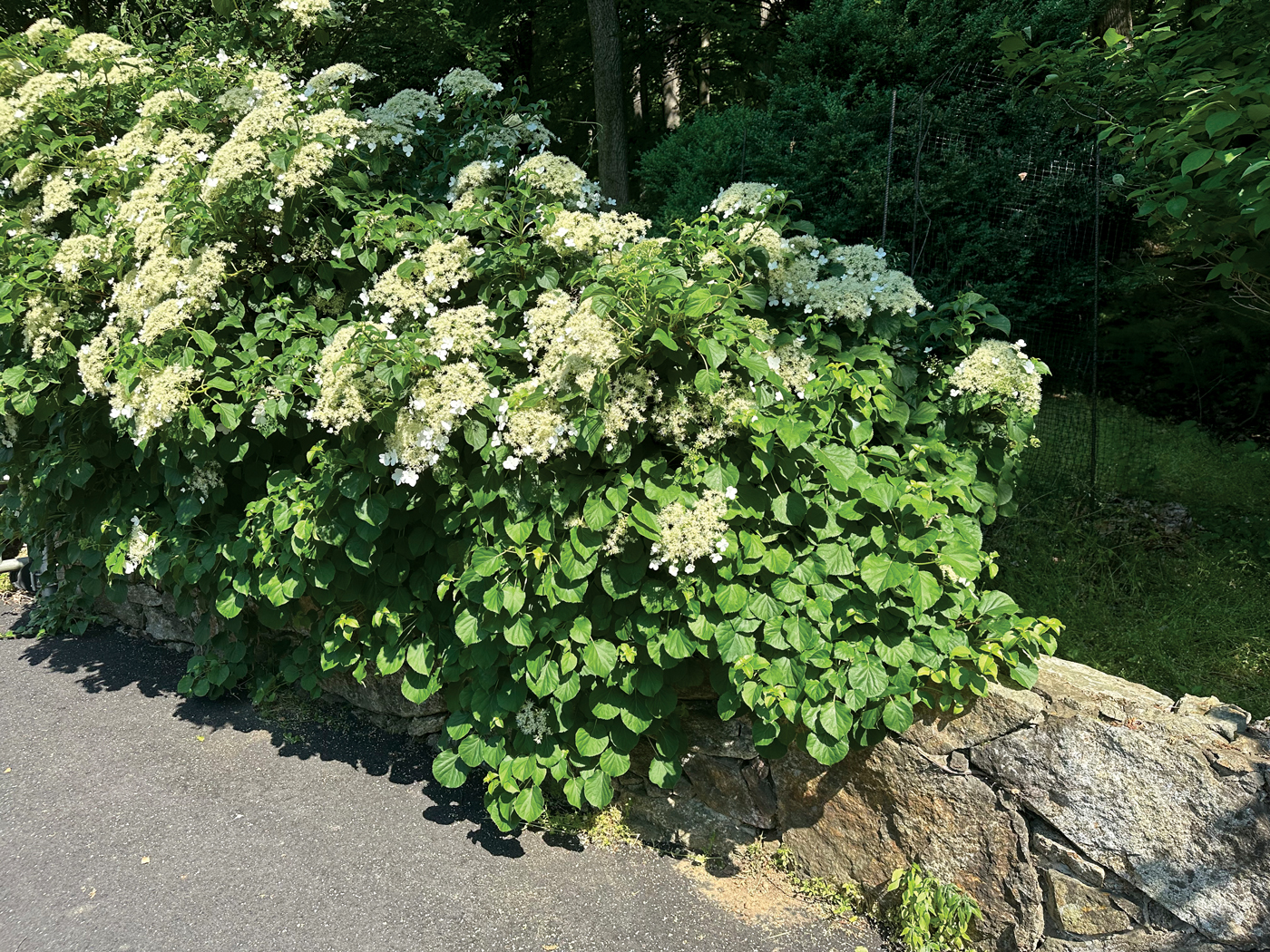
SHARE
PRINT